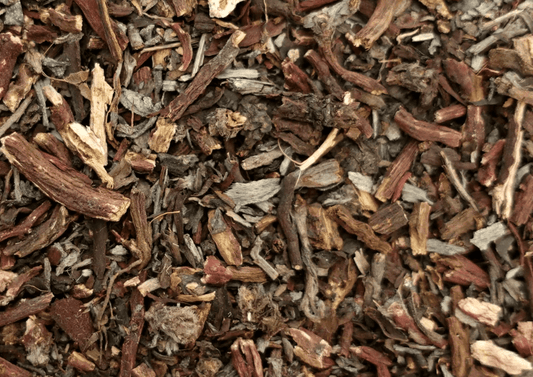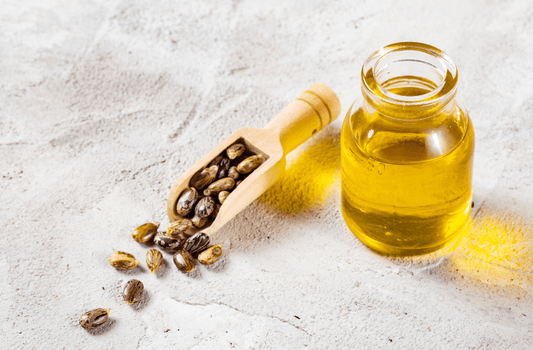The simple answer is, aim for around 38C as a temperature for your oils and lye solution and you won’t go far wrong.
This isn’t set in stone so if your lye solution is 35C and your butters and oils 40C then your recipe will most likely be fine.
The full answer is: It depends on your personal preference, your recipe and what patterns you are using (swirls, stripes etc.)
You may well read in soap making forums that your oils and lye solution must be within 10 degrees of each other, or the same temperature, or between 27 and 50C (80 and 120 degrees Fahrenheit) and none of these are wrong, but neither are they right or the only way. They are just someone else’s personal preference.
When you blend your lye solution and oils together the saponification process will begin immediately. The higher the temperature, the faster this will happen and your soap batter will thicken up sooner.
If you work at a slightly cooler temperature the saponification process is slowed down and your batter will take longer to thicken. This will give you more time to work if you are creating a complicated pattern. A good working temperature for more complex patterns would be 29 to 35C
Increasing your temperatures will speed up saponification and your soap batter will thicken up faster. This can be useful if you have a recipe that is slow to reach trace like olive oil soap, or if you want a soap that you can just put straight into your mould and add texture to the top of.
What is too cold and too hot?
Soaping at too cool a temperature may mean your hard oils begin to set before they are fully emulsified with your lye solution (known as a false trace). Coconut oil has a melting point of 24C and therefore 29C is a good minimum.
Soaping at too high a temperature can cause your soap to overheat and crack once in the mould. If you don’t have a reason for wanting to speed up trace, then we’d suggest 45C as a maximum working temperature.
There are occasions however when you need to aim high. For example, beeswax has a melting point of 63C so you do need to keep your temperatures up if you’re using it in your recipe.
If you are working with a recipe high in coconut oil, lower temperatures are helpful. It saponifies quickly and you won’t have much time to get it in your mould if you’re working at 45C. We’d recommend 29 to 35C for coconut oil soap.
However, if in doubt, just aim for 38C.



